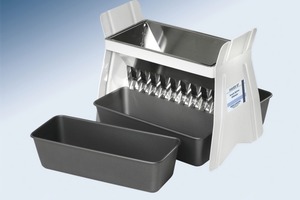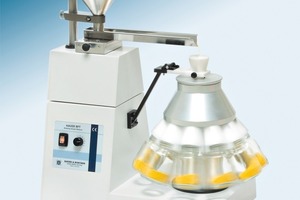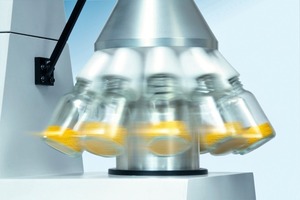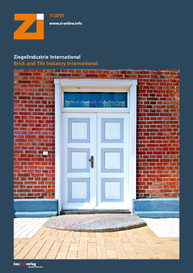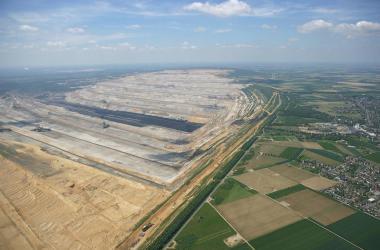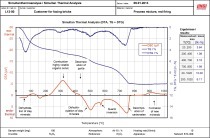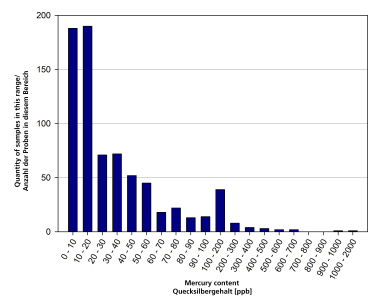Sample splitter as the basis for good analysis
Over the past years, technology in the field of analytics has developed further and become more refined. The improved analysis process quickly reaches its limits when it comes to evaluating large materials quantities based on small test samples. Faulty sample-taking can lead to serious deviations. With regards to the work involved in analyses, it is sometimes astonishing how little attention is paid to taking test samples.
As a rule the amount of material taken for an analysis is much too large. A partial amount is used as a representative test sample for the total amount. There is a number of ways to take test samples. The extracted sample is, however, often much too big for the actual analysis. Thus it is necessary to split up the sample until a representative partial amount is reached. The classic method is the complete splitting of the material amount by quartering the original amount, whereby two quarters of the original amount are removed. The remainder then gets remixed and quartering is repeated until...

